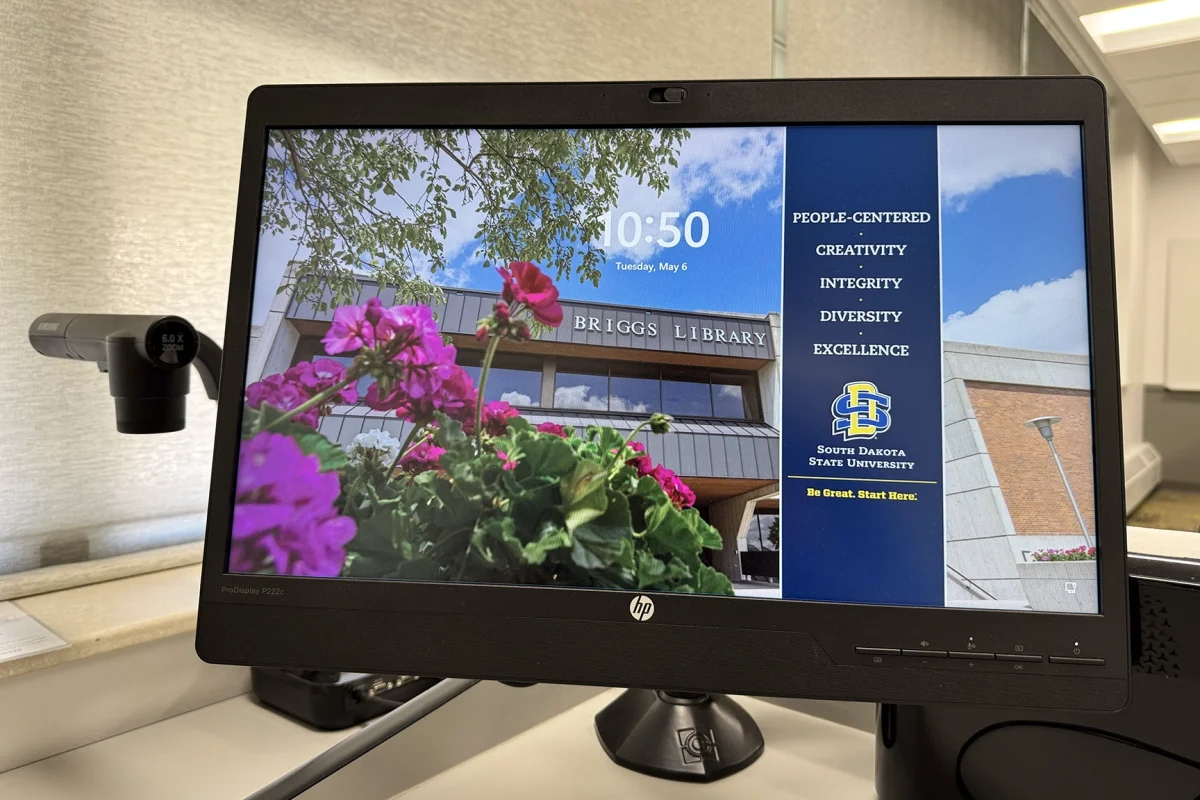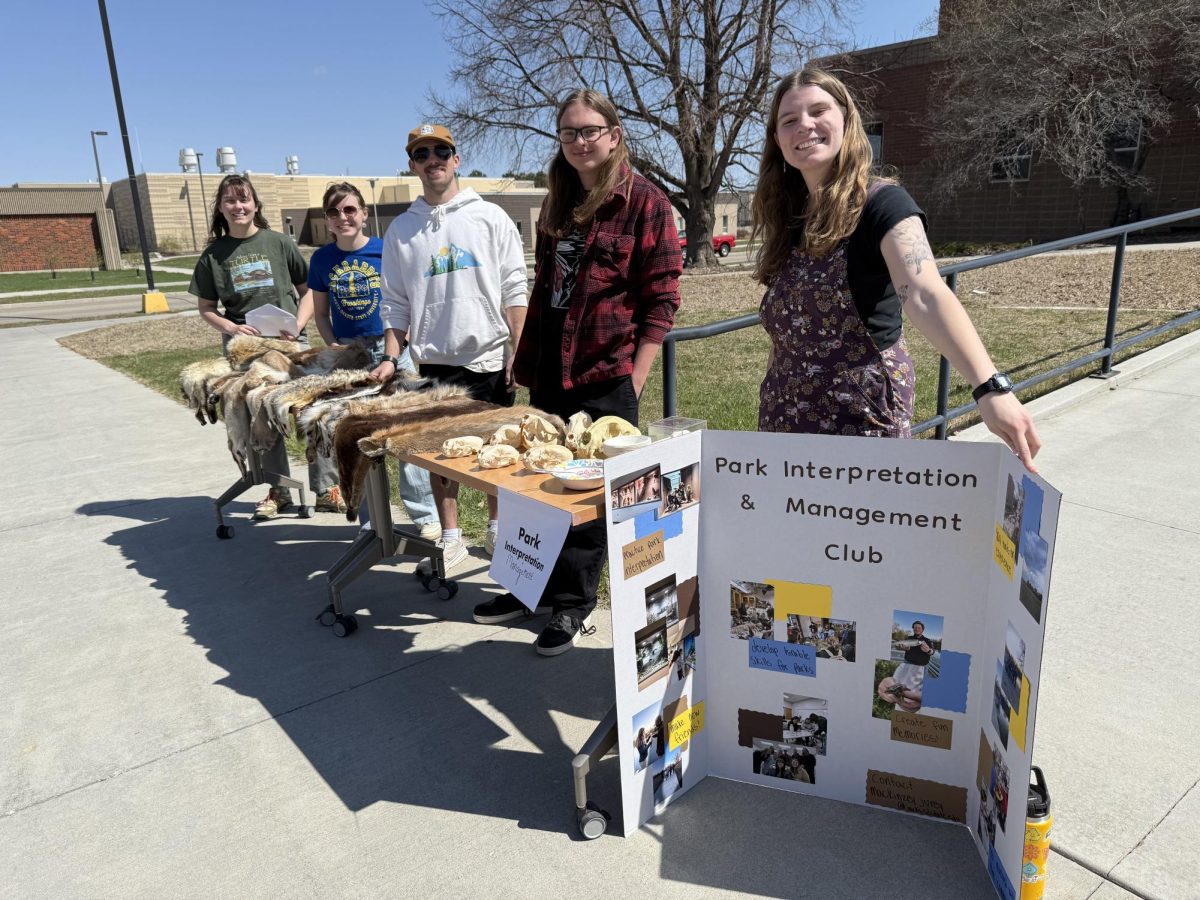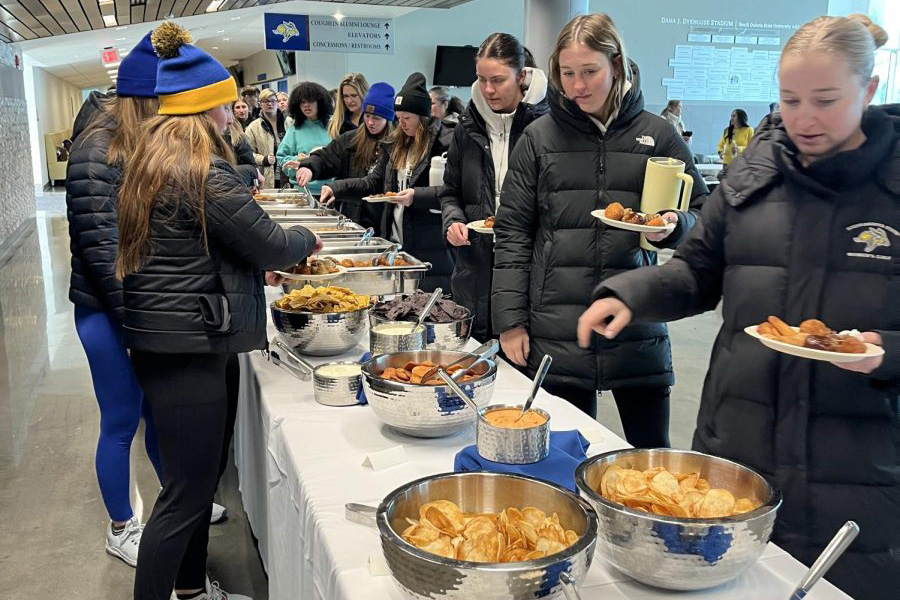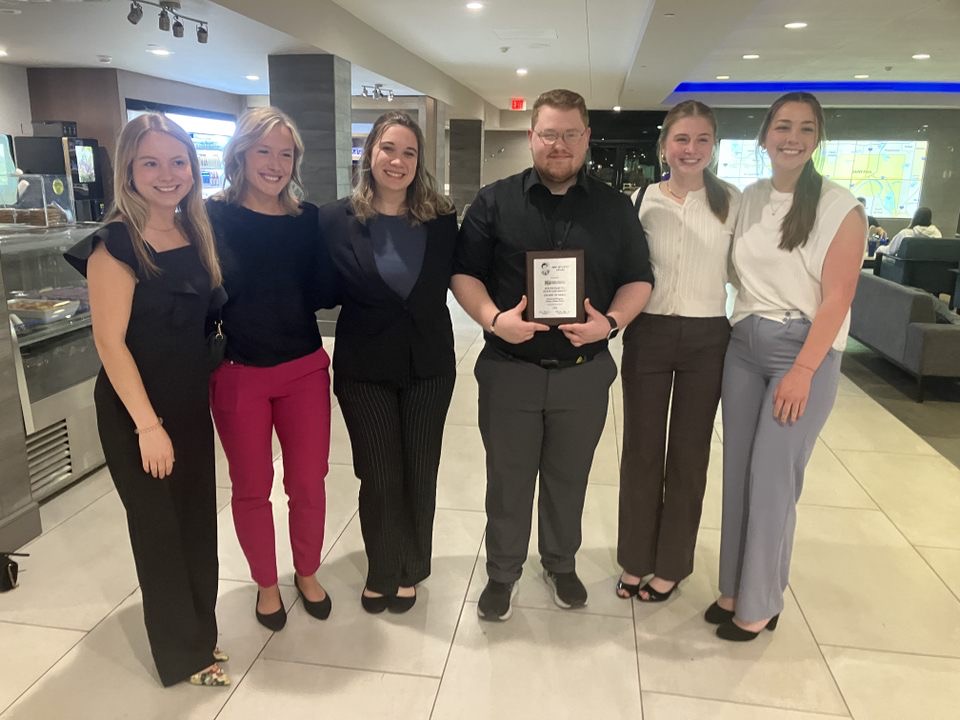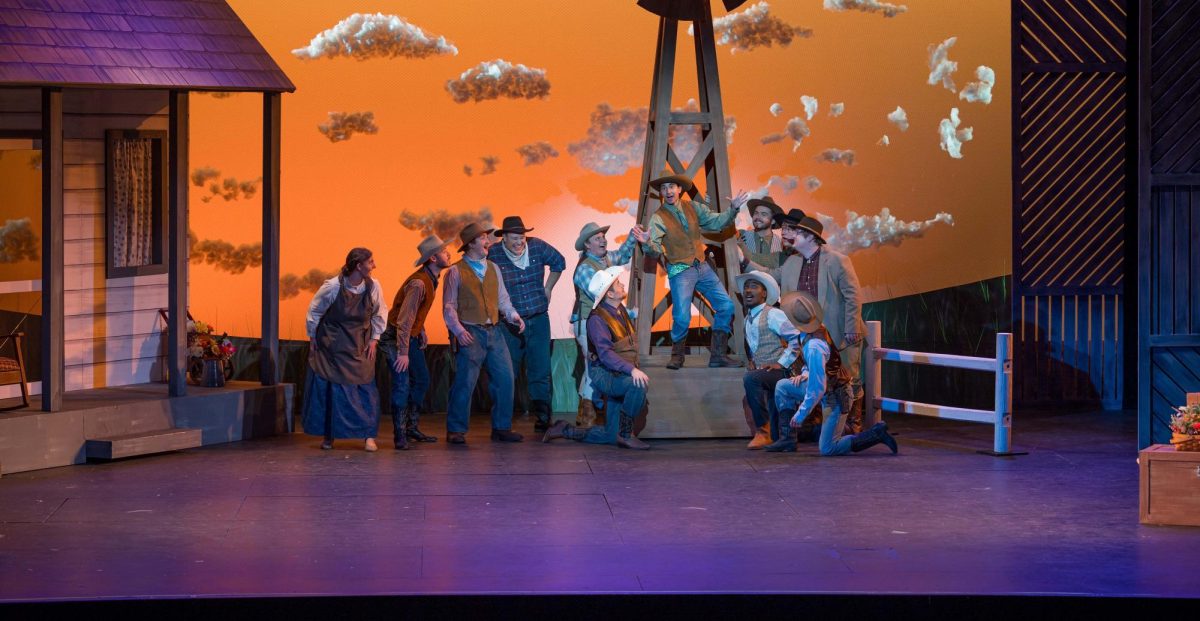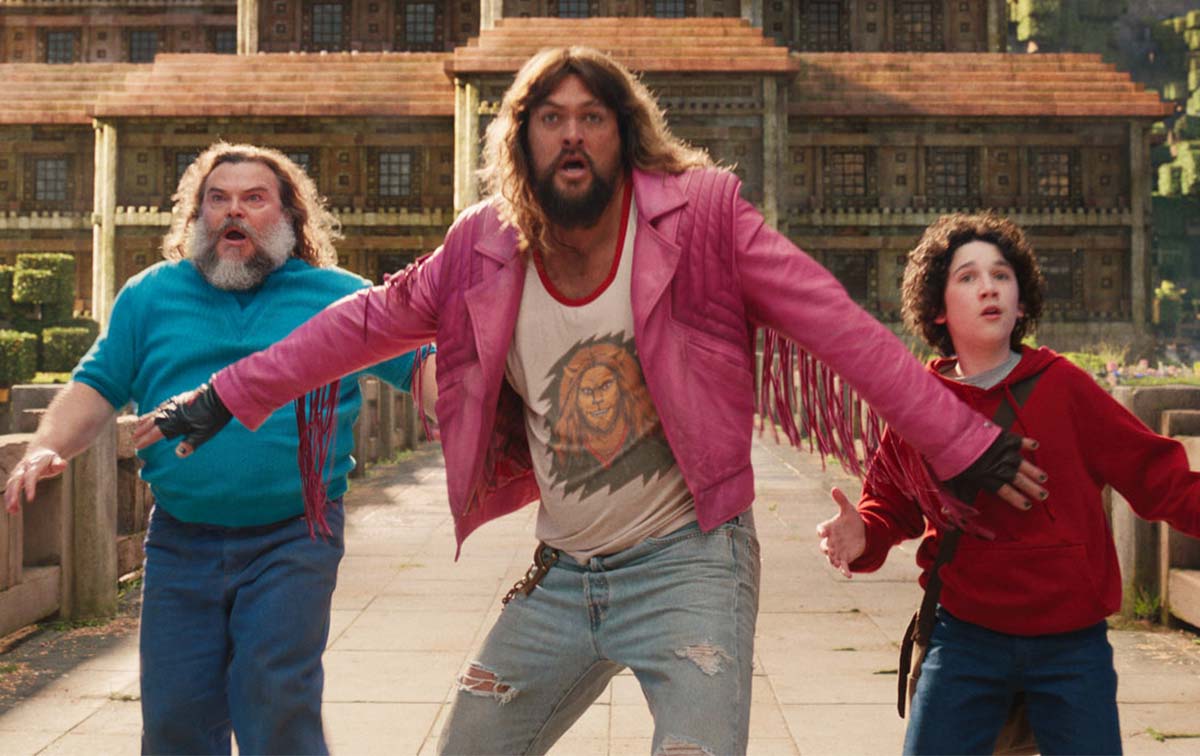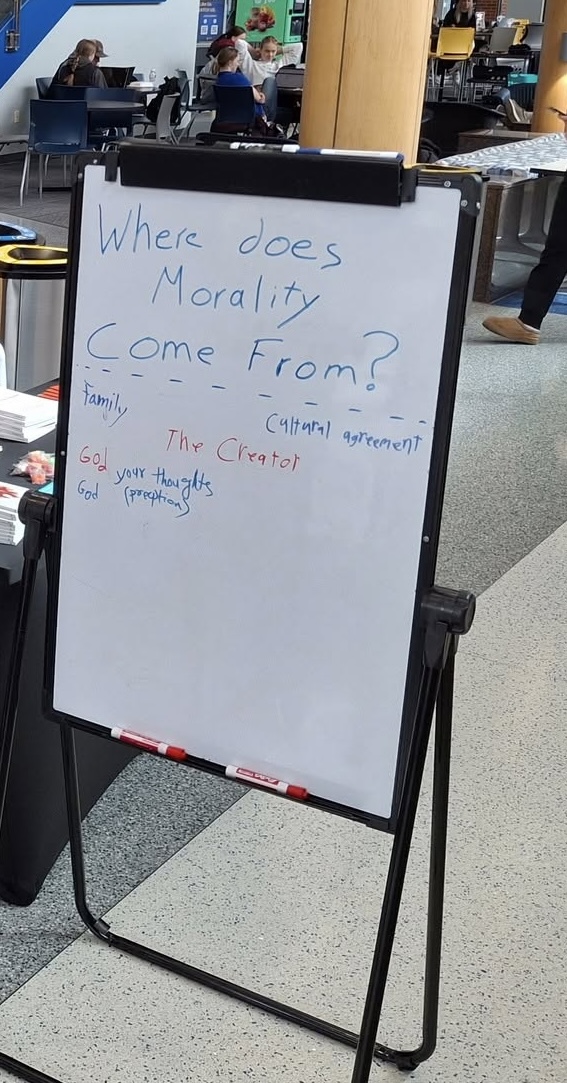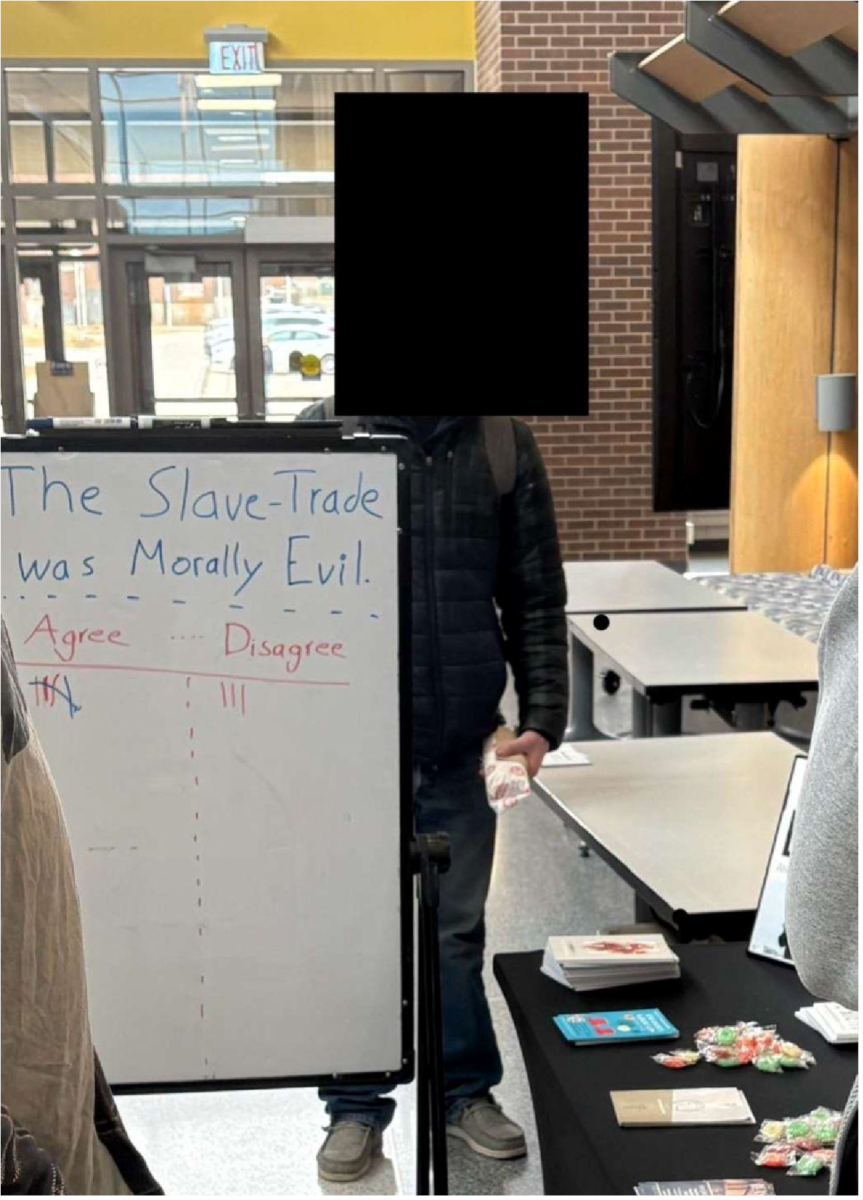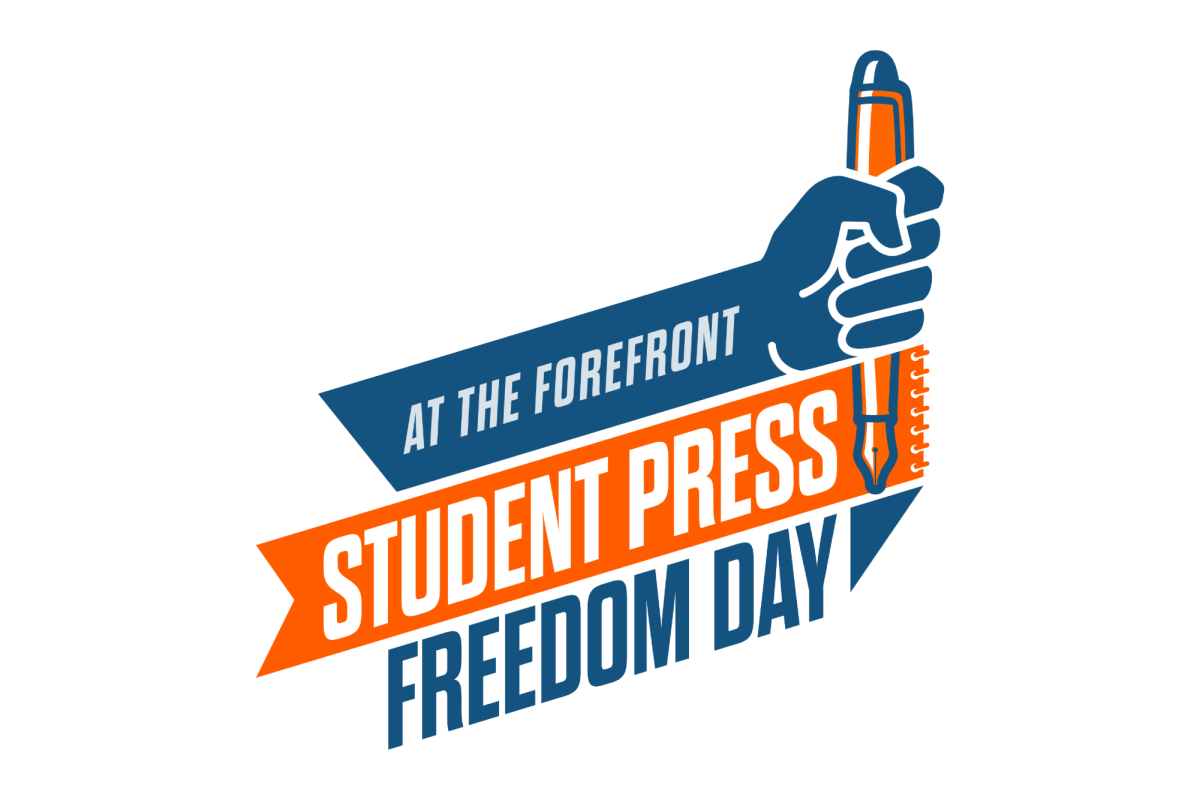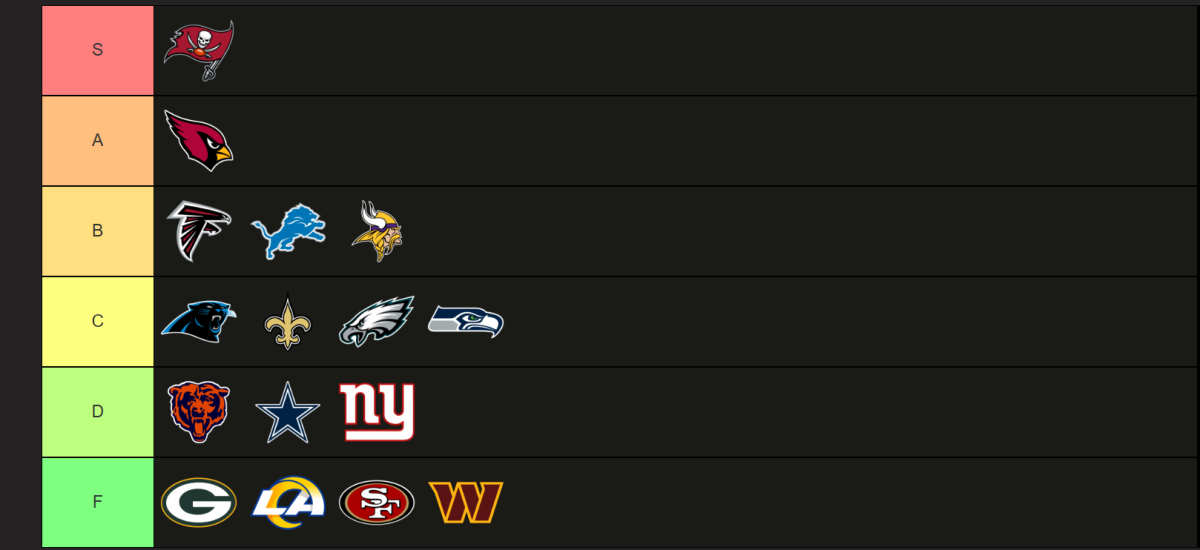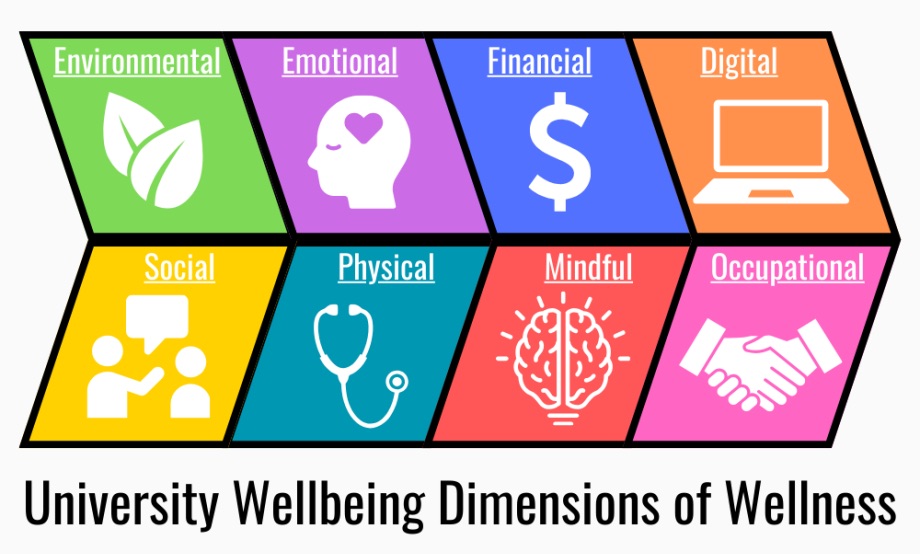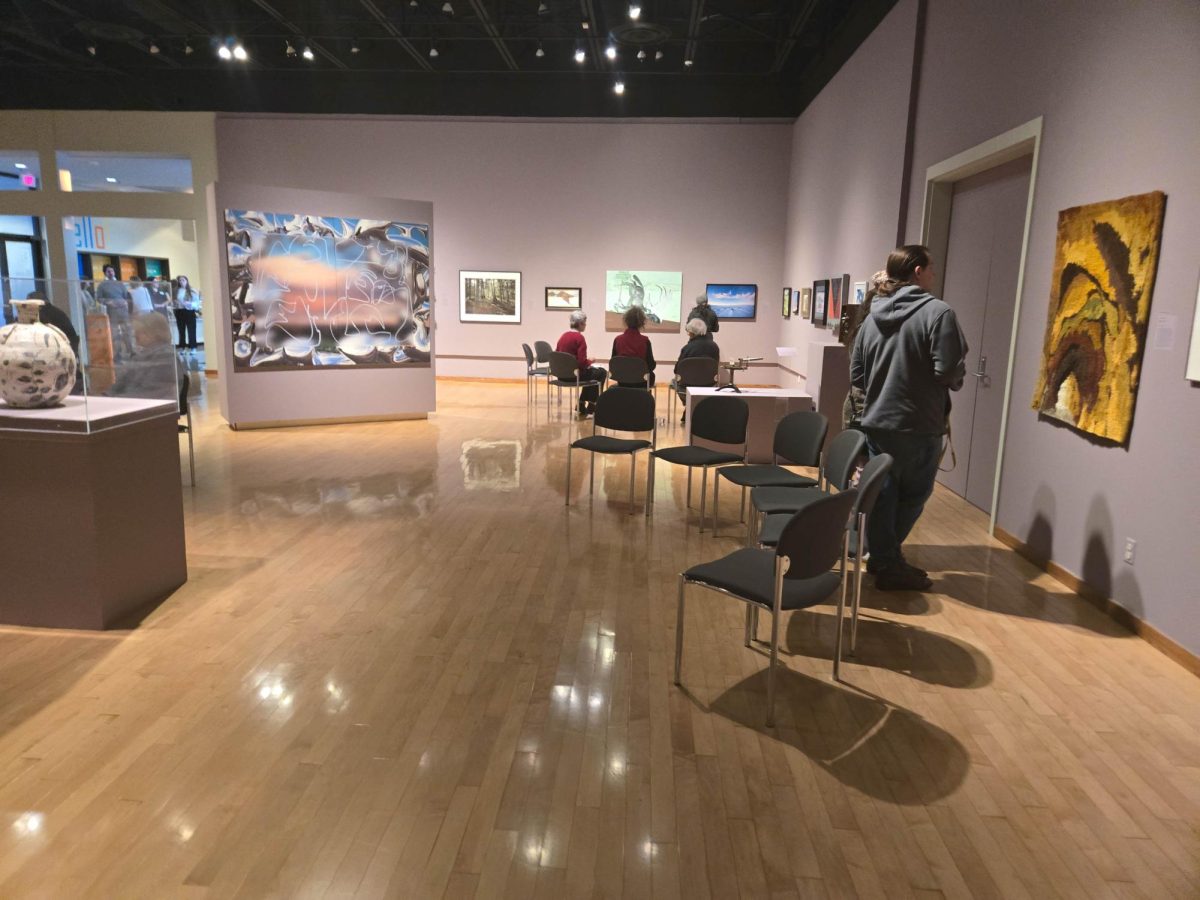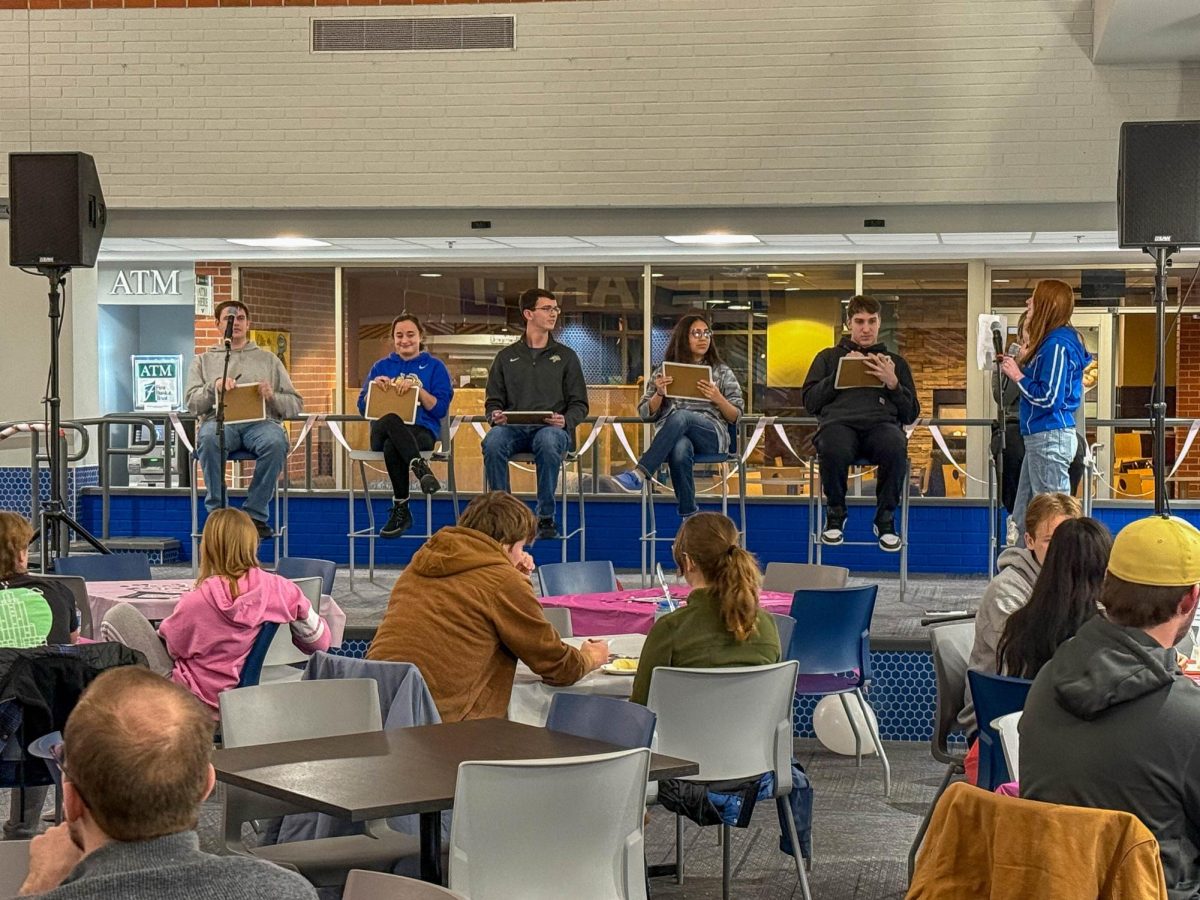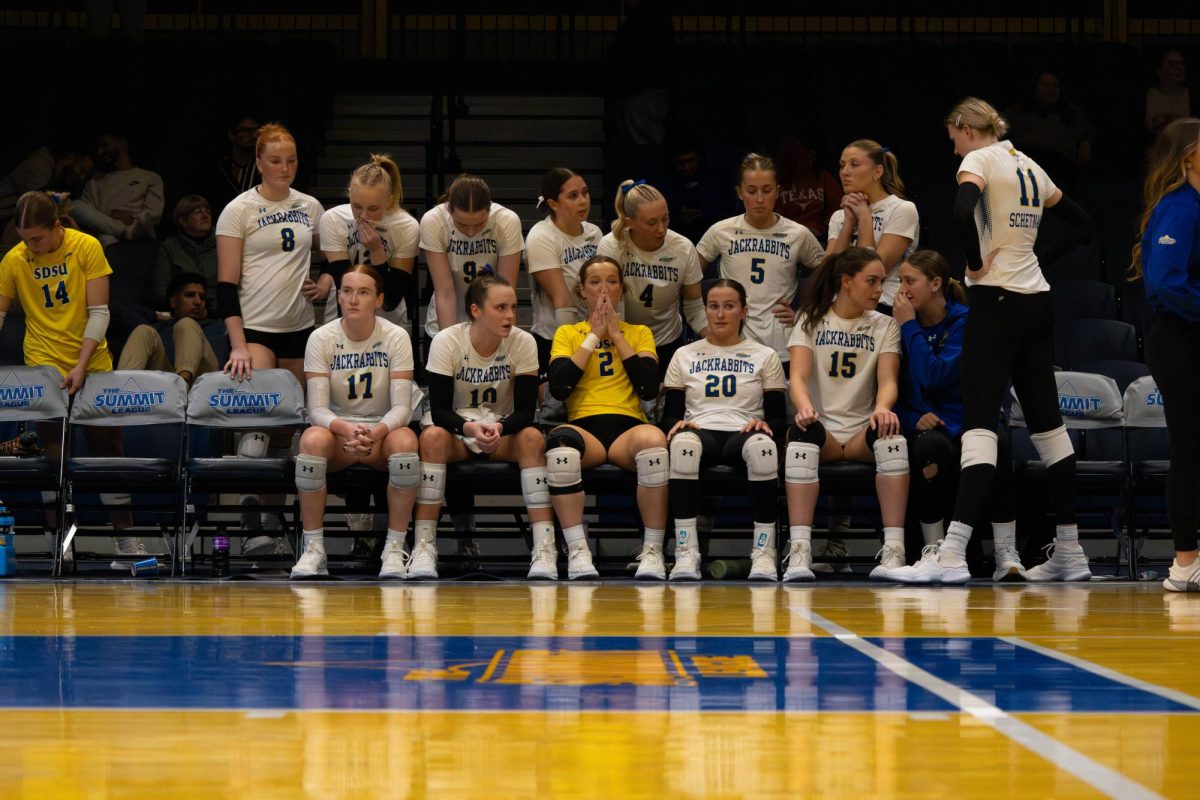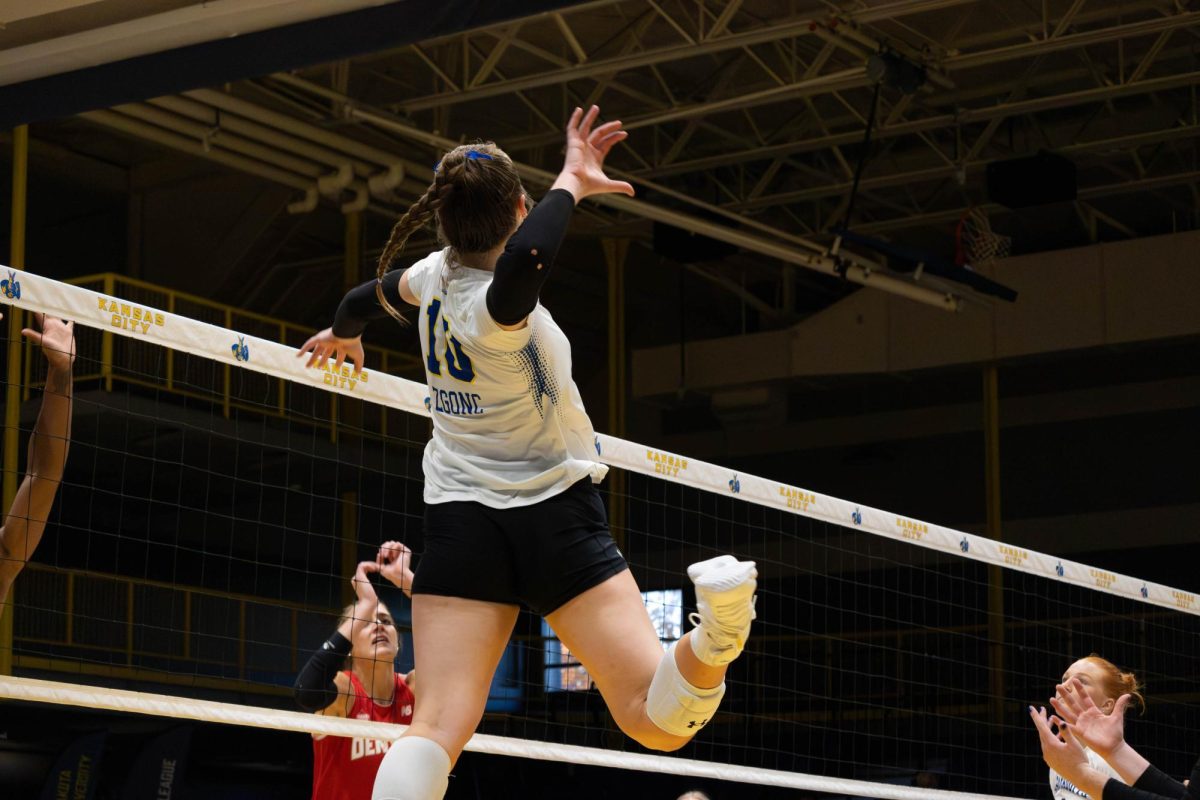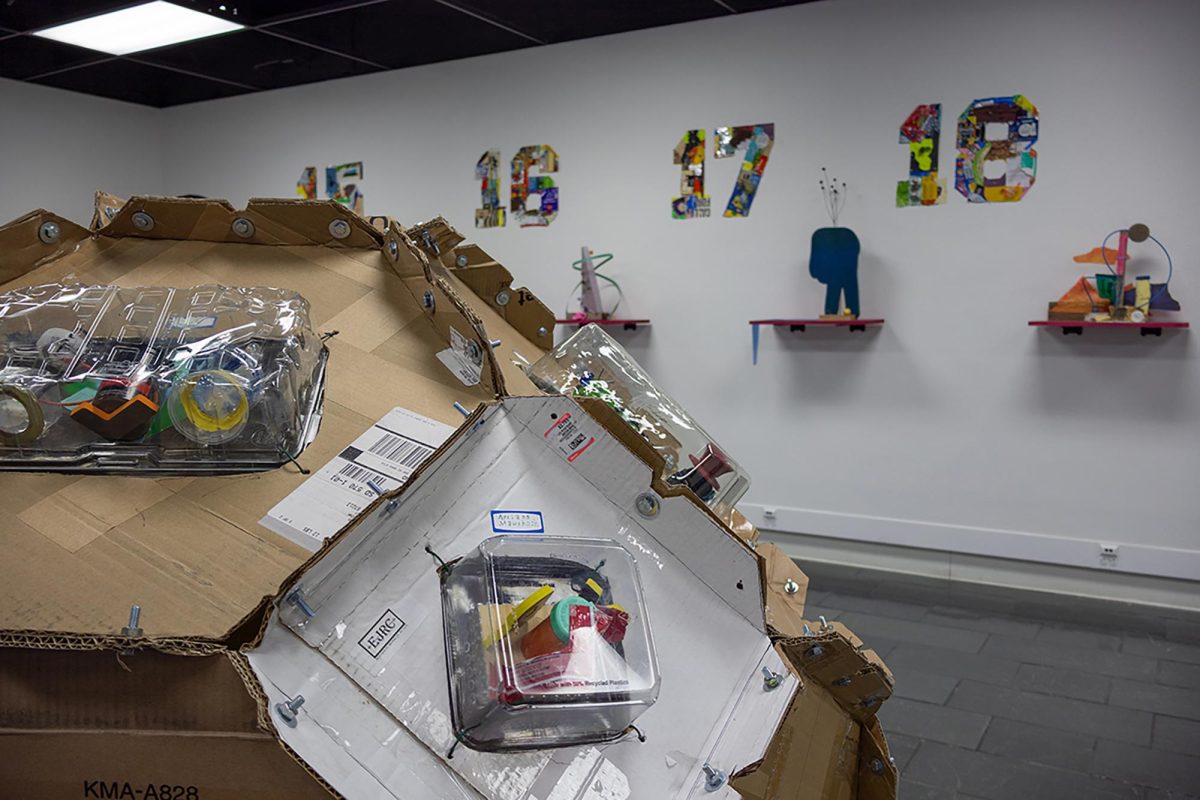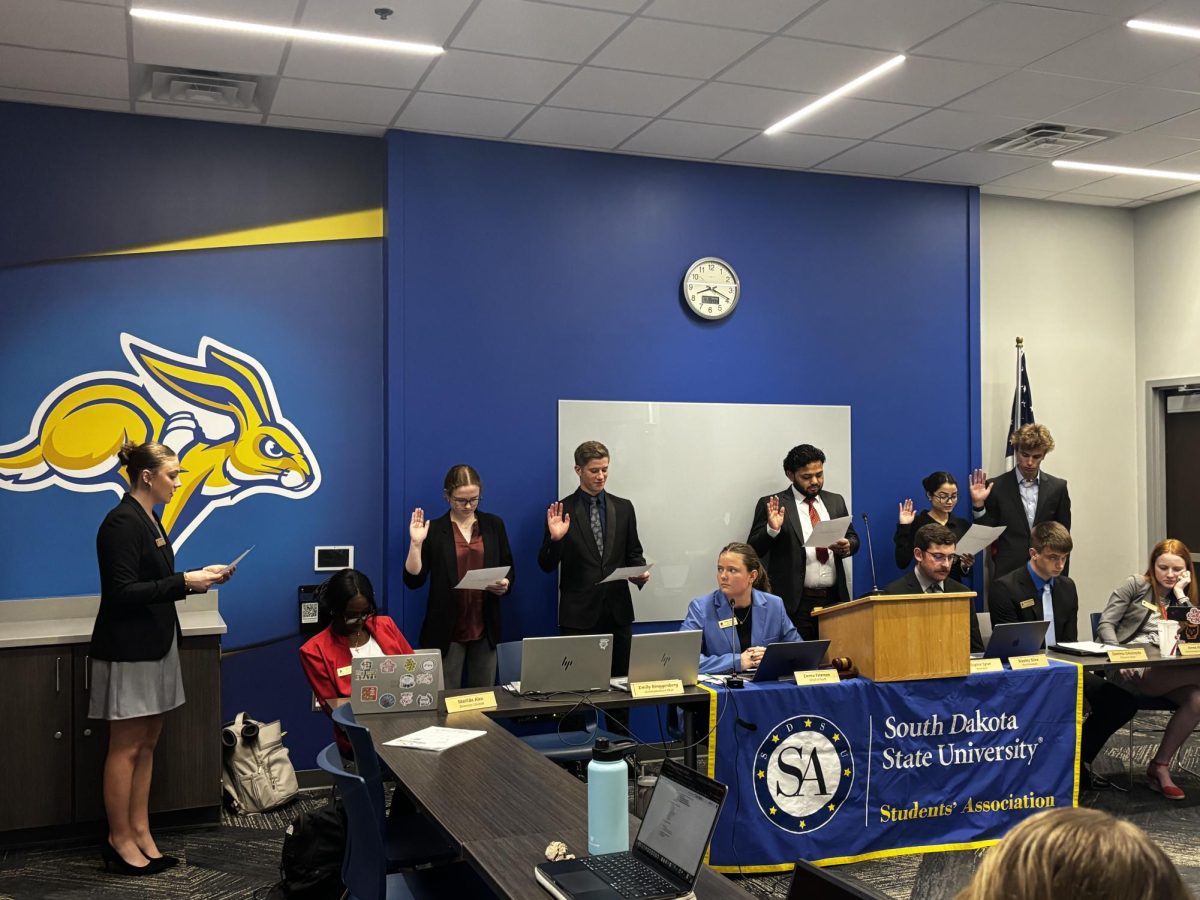As the tail end of winter drags on and the sky stays gray, more and more students find themselves in a slump, burnt out, exhausted and struggling to finish strong.
“It’s something we see and hear about a lot in our office,” said Katie Hillerud, a staff member with SDSU’s mental health services. “A lot of students come in burnt out, missing assignments and reporting changes in their sleep and diet.”
Hillerud and fellow staff member Julia Walker say they see a mix of diagnosable mental health conditions, as well as everyday transitional life challenges.
“Adulting is hard for everyone,” Walker said. “We hear a lot about roommate issues, housing struggles, homesickness, even into the spring.”
For some students, returning home for summer can bring up anxiety or conflict, and grades from a tough fall semester can fuel a spring burnout.
“It’s a cycle that builds,” Hillerud said.
One helpful mindset shift that Hillerud and Walker suggest is focusing on the present.
“Depression often stems from being stuck in the past, while anxiety comes from worrying about the future,” Hillerud said. “Finals and graduation are big milestones, but instead of fearing them, look at them as opportunities. Take things day-by-day and try to be the best version of yourself in the moment.”
Their advice? “Try doing monthly snapshots, break up your goals into smaller, manageable pieces,” Walker said. “Don’t live a life of ‘I wish I would have. Finish strong instead of fizzling out.”
The first step to getting help is simple. Mental health screenings are available at the Miller Wellness Center Monday through Friday from 12:30-3 p.m.
“Just let the front desk know you’d like to talk to a counselor,” Walker said. “It’s a 30-minute screening and you’ll leave with a plan, whether it’s individual counseling, group therapy or a referral to other campus resources.”
That support network spans across campus, from the Wintrode Student Success Center and Jacks Study Hub to the Office of Career Development and Financial Aid. Even medication support is available through campus providers. And the best part? It’s free and there’s no waitlist, according to Hillerud.
As the stress builds, students are reminded to take care of themselves mentally and physically.
“Ask yourself, ‘What’s the next right thing for me?’ Sometimes just getting started is the hardest part,” Walker said. “Rest is productive. If we keep pushing on empty, we only go backward.”
Walker and Hillerud also encourage students to sprinkle in activities that bring joy and stimulate the brain. For relatable stories, students can check out The State of Well-Being podcast, which features real experiences from SDSU students.


